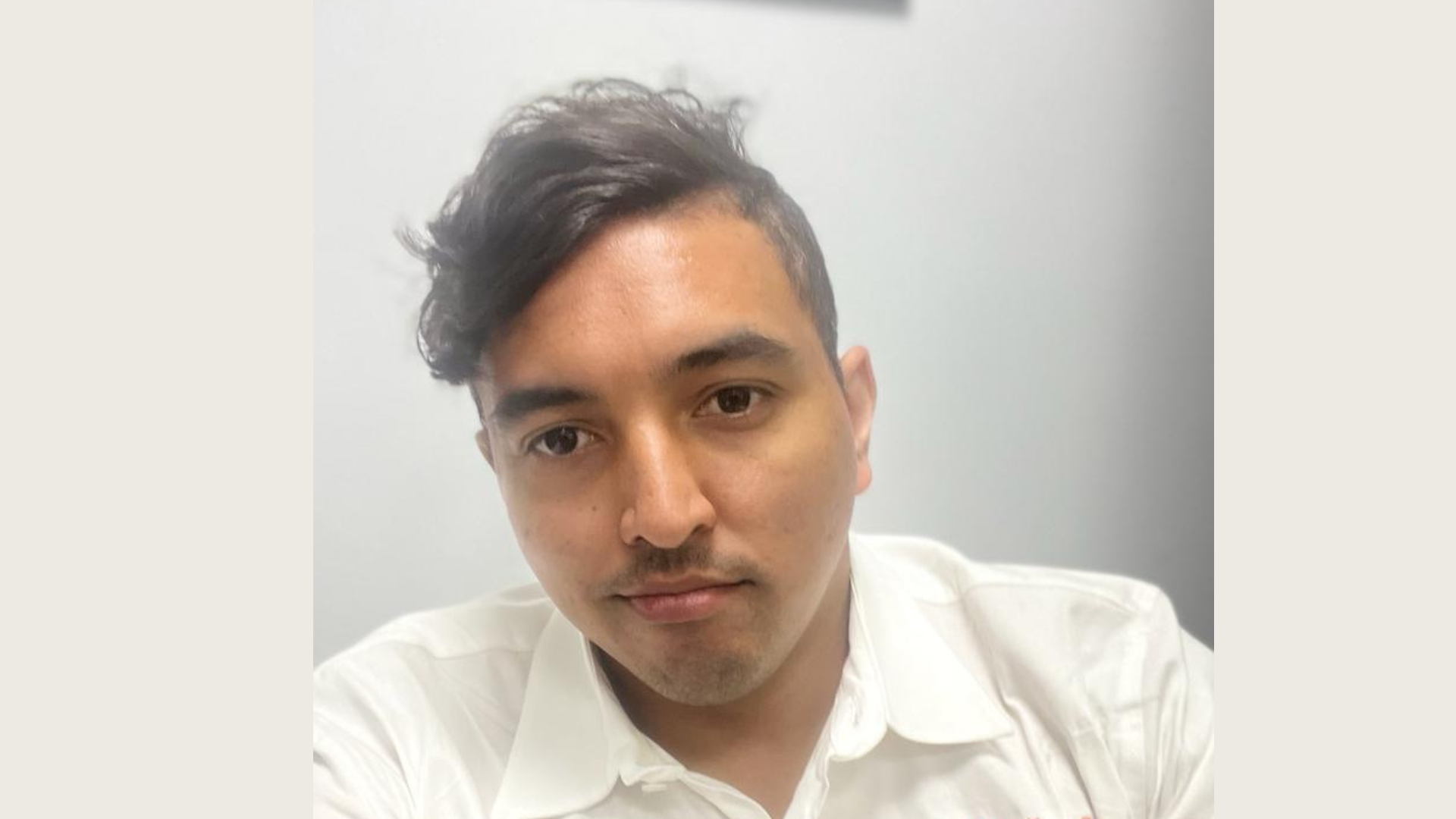IT and facilities have typically worked in isolation in the past, each managing their own areas with little overlap or interaction. However, as technology has evolved, the lines between the two have begun to blur. Now, with loadshedding a reality for the foreseeable future in South Africa, the need for synergy between the two is stronger than ever before. Facilities need to provide the power for IT systems to remain operational, while IT needs to understand their power consumption needs and provide insight to facilities for more effective management. While this convergence is driven by a growing crisis, it can also benefit organisations by driving enhanced efficiency in a number of areas, and the right technology partner is an invaluable asset.
The loadshedding conundrum
Loadshedding has a significant and detrimental impact on both IT and facilities, especially as we move to higher stages where power outages are becoming increasingly frequent and prolonged. Not only is productivity all but impossible when the power is constantly out, but the abrupt cut and restoration of power causes dips and spikes which damage essential and expensive equipment. Prolonged and regular downtime is causing financial loss for many businesses in South Africa, from loss of productivity and the inability to operate as well as the increased expenses around repair and replacement of damaged equipment. For businesses that rely heavily on IT systems and infrastructure this impact is even more pronounced.
To mitigate the impact of loadshedding, businesses are left with little choice other than to invest in backup and alternative power solutions. This can include generators, Uninterruptible Power Supplies (UPS), inverters with batteries to store power over outages, or, with increasing frequency, solar power systems. The goal is to provide a reliable source of power during outages, reducing the risk of equipment damage and downtime – and in the case of solar systems, to reduce reliance on the grid and introduce a sustainable alternate power source.
The case for convergence
With businesses increasingly forced to explore alternative energy solutions, it has become more important than ever for IT and facilities to work closely together to optimise energy consumption and improve energy efficiency. Working together, IT and facilities will be able to manage and monitor energy usage more effectively, which becomes essential when backup and off-grid power solutions are in place. However, convergence also offers additional benefits, as it can help to improve efficiencies, which can have a positive impact on a number of areas of business.
Integrating IT and facilities can help businesses to gain a unified view of their operations, enabling real-time data sharing, automation, and streamlined workflows. In turn, this allows for better decision-making and faster response times. In addition, the convergence of IT and facilities generates vast amounts of data from various sensors, devices, and systems. This allows for real-time remote monitoring and control, but beyond that, it supports data-driven insight across facilities. Analysing this data can provide valuable insights into energy consumption patterns, occupancy rates, equipment performance, and maintenance needs. These insights help optimise resource allocation, identify inefficiencies, and support predictive maintenance strategies, which can reduce downtime due to equipment failure.
Additionally, convergence facilitates the implementation of intelligent energy management systems to monitor energy usage, identify areas of waste, implement automated controls, and optimise energy consumption. This leads to significant cost savings and reduced environmental impact.
The power of the right partner
As loadshedding forces the issue of convergence between IT and facilities, having the right implementation partner becomes even more important to help leverage the benefits thereof effectively. Local skills are vital in understanding the intricacies and implications of loadshedding, as well as the most effective power solutions to meet requirements. The knowledge base of the right partner has become a critical point of differentiation, because there is no such thing as a ‘one size fits all’ approach to the problem. To leverage the benefits and enhanced efficiencies that can come with increased convergence, a partner with expertise, comprehensive solutions, integration capabilities, project management skills, and ongoing maintenance and support is a core component of a successful implementation and long-term efficiency gains.




